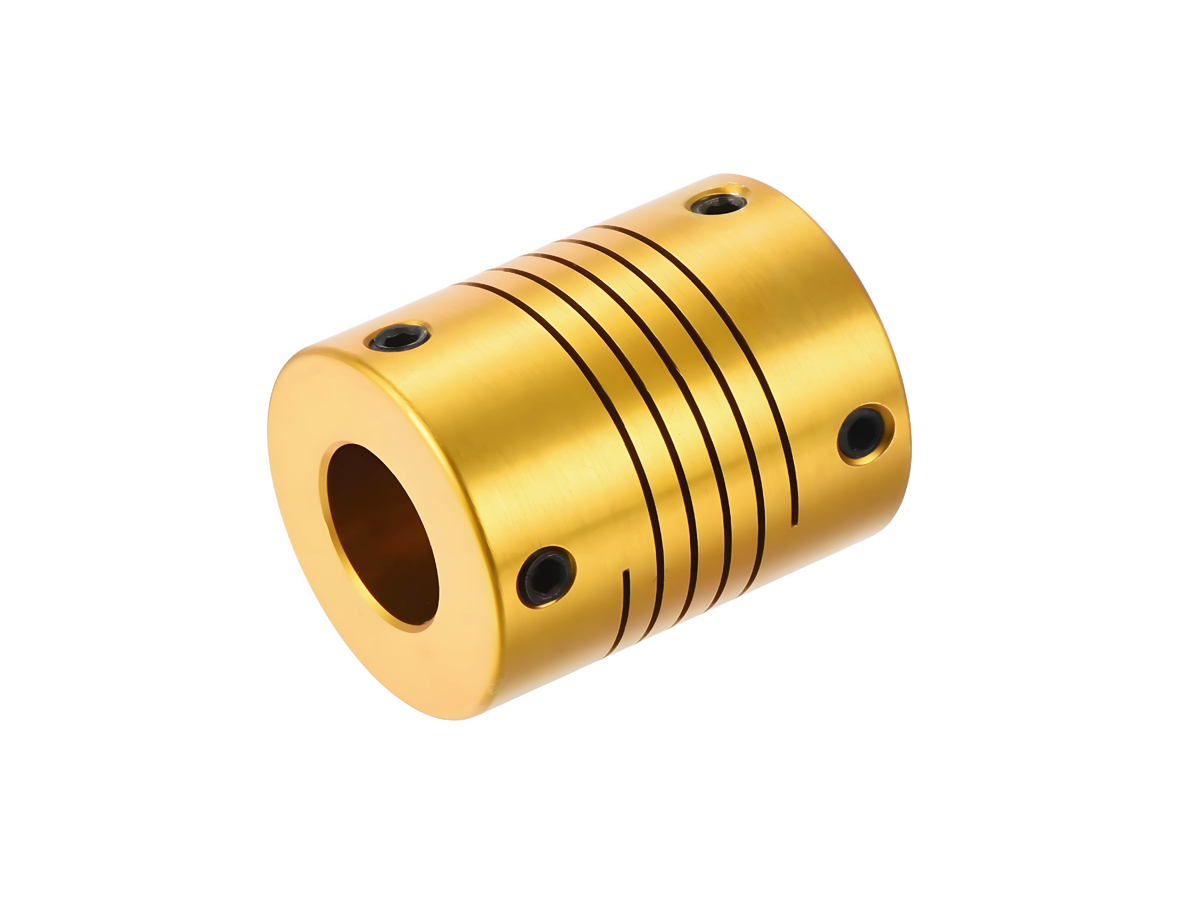Brass Copper C360 CNC Machining for Oil & Gas and Robotics Industries
Introduction
The oil and gas and robotics industries demand materials that combine excellent machinability, superior corrosion resistance, reliable conductivity, and robust mechanical strength. Brass Copper C360, known as "free-machining brass," meets these stringent requirements, making it ideal for valve components, connectors, sensors, fittings, gears, and robotic assemblies.
Utilizing advanced CNC machining, Brass Copper C360 can be precisely fabricated to achieve tight dimensional tolerances, intricate geometries, and superior surface finishes. CNC-machined Brass Copper C360 components significantly enhance operational efficiency, durability, and reliability in harsh oil & gas environments and high-precision robotic applications.
Brass Copper C360 for Oil & Gas and Robotics Applications
Material Performance Comparison
Material | Tensile Strength (MPa) | Yield Strength (MPa) | Machinability | Typical Applications | Advantage |
|---|---|---|---|---|---|
345-400 | 140-200 | Excellent | Valve components, connectors, robotic gears | Superior machinability, good corrosion resistance | |
515-620 | 205-310 | Moderate | Offshore valves, fittings | Excellent corrosion resistance, strength | |
310 | 275 | Excellent | Robotic arms, structural components | Lightweight, versatile | |
585-700 | 450-585 | Good | High-strength gears, shafts | High strength, durability |
Material Selection Strategy
Selecting Brass Copper C360 for oil & gas and robotics involves balancing machinability, corrosion resistance, electrical conductivity, and mechanical strength:
Valve components, hydraulic fittings, connectors, and precision gears frequently utilize Brass Copper C360 for its outstanding machinability, good corrosion resistance, and reliable electrical conductivity.
Offshore valves, fittings, and components exposed to aggressive corrosive environments typically select Stainless Steel SUS316 for its superior corrosion resistance and mechanical durability.
Robotics structural components, lightweight frames, and articulating arms benefit from Aluminum 6061 due to its lightweight, ease of machining, and strength-to-weight efficiency.
High-strength gears, shafts, and load-bearing robotic elements demanding extreme mechanical durability and high tensile strength opt for Carbon Steel 1045.
CNC Machining Processes
Process Performance Comparison
CNC Machining Technology | Dimensional Accuracy (mm) | Surface Roughness (Ra μm) | Typical Applications | Key Advantages |
|---|---|---|---|---|
±0.02 | 1.6-3.2 | Valve bodies, simple connectors | Cost-effective, rapid production | |
±0.015 | 0.8-1.6 | Robotic gears, cylindrical fittings | Improved accuracy, reduced setups | |
±0.005 | 0.4-0.8 | Complex sensor housings, precision valves | Exceptional accuracy, excellent finishes | |
±0.003-0.01 | 0.2-0.6 | High-precision robotics components, micro-valves | Highest precision, intricate detailing |
Process Selection Strategy
Process selection for Brass Copper C360 components depends on complexity, precision requirements, and industry application:
Simple valve components, connectors, and basic fittings benefit from economical 3-axis CNC Milling, ensuring efficient and reliable production.
Robotic gears, shafts, and cylindrical components requiring moderate complexity and enhanced precision (±0.015 mm) efficiently utilize 4 Axis CNC Milling.
High-precision sensor housings, intricate valve parts, and complex robotics assemblies requiring strict dimensional tolerances (±0.005 mm) rely on 5-axis CNC Milling for maximum reliability and performance.
Micro-valves, precision robotic sensors, and highly intricate components demanding ultra-high accuracy (±0.003 mm) require Multi-Axis CNC Machining to achieve peak performance.
Surface Treatment
Surface Treatment Performance
Treatment Method | Corrosion Resistance | Wear Resistance | Industry Suitability | Typical Applications | Key Features |
|---|---|---|---|---|---|
Outstanding (>1500 hrs ASTM B117) | Very High (HV500-700) | Excellent | Connectors, gears, fittings | Superior durability, enhanced corrosion resistance | |
Excellent (≥1000 hrs ASTM B117) | Moderate | Excellent | Valves, sensor components | Enhanced surface purity, corrosion protection | |
Superior (>1000 hrs ASTM B117) | Very High (HV1500-2500) | Excellent | Robotic gears, high-wear parts | Exceptional wear resistance, friction reduction | |
Excellent (≥1000 hrs ASTM B117) | High | Excellent | Precision sensors, instrumentation parts | Ultra-smooth finish, improved cleanliness |
Surface Treatment Selection
Selecting surface treatments for Brass Copper C360 parts in oil & gas and robotics involves corrosion resistance, durability, and operational demands:
Connectors, gears, and fittings that require superior durability and corrosion protection benefit from Electroplating, significantly enhancing lifespan.
Valves and sensor components exposed to corrosive fluids utilize Passivation to ensure corrosion resistance and maintain component integrity.
High-wear robotic gears, moving parts, and precision components demanding maximum durability and reduced friction select PVD Coating.
Precision sensors, instrumentation, and critical robotic assemblies requiring exceptional surface smoothness utilize Electropolishing, ensuring cleanliness and reducing contamination risks.
Quality Control
Quality Control Procedures
Comprehensive dimensional inspections via Coordinate Measuring Machines (CMM) and optical inspection systems.
Surface roughness testing was conducted with precision profilometers.
Mechanical property evaluations (tensile, yield, fatigue) following ASTM standards.
Corrosion resistance verification through ASTM B117 Salt Spray Test.
Non-destructive testing (NDT), including ultrasonic and radiographic inspections.
Detailed documentation in compliance with ISO 9001, API, and robotics industry-specific quality standards.
Industry Applications
Oil & Gas and Robotics Component Applications
Valve bodies, hydraulic fittings, and connectors.
Precision robotic gears and actuators.
Sensor housings and instrumentation parts.
High-strength, corrosion-resistant mechanical components.
Related FAQs:
Why choose Brass Copper C360 for oil & gas and robotics components?
How does CNC machining improve the reliability of brass components?
Which surface treatments are optimal for Brass Copper C360 parts?
What levels of accuracy can CNC machining achieve for brass components?
What quality standards apply to CNC machining Brass Copper C360 components?

